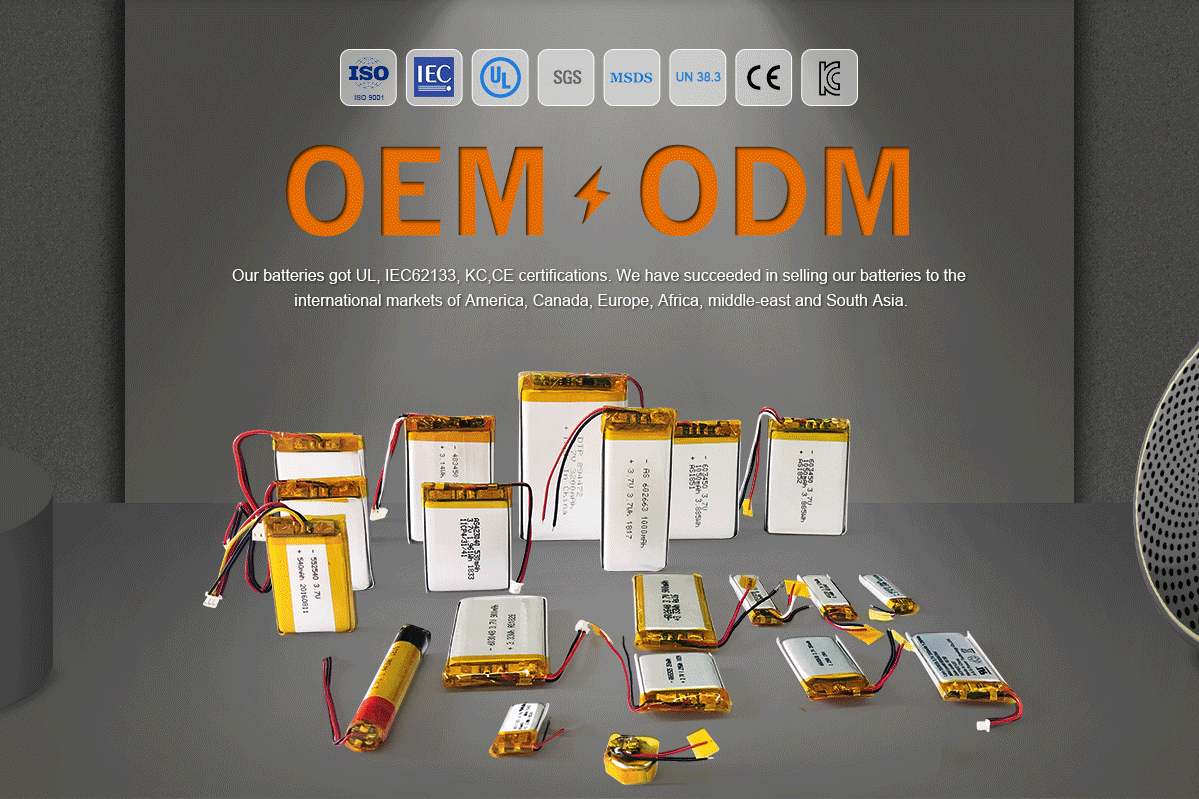What is the performance of ternary lithium ion batteries?
2021-09-14
What is the performance of ternary lithium ion batteries?
Ternary lithium ion battery manufacturing materials
Ternary material refers to nickel-cobalt-manganate lithium Li (NiCoMn) O, (NCM), ternary composite cathode material precursor products, based on nickel salt, cobalt salt, manganese salt as raw materials, the proportion of nickel, cobalt and manganese can be adjusted according to the actual.
Ternary materials have the following significant advantages compared with lithium cobalt acid:
Low cost: Because it does not contain cobalt, the cost is only 1/4 of lithium cobalt oxide and it is greener. " Good safety: safe working temperature can reach 170℃, while lithium cobalt acid is only 130℃, which greatly improves the safety of use and is conducive to the personal safety of consumers.
High g capacity: charging voltage in 4.6V (lithium cobalt acid charging limit voltage is 4.2V), the g capacity of up to 210mAh/g, charging voltage in 4.8V, the g capacity of up to 245mAh/g, equivalent to 1.7 times of lithium cobalt acid.
The cycle life of the battery is increased by 45%.
(1) Nickel-cobalt-manganese ternary materials, as if a little bit of lithium nickel-cobalt mixed lithium cobalt mixed lithium manganese, although such understanding is not correct, but from the performance of ternary materials, such understanding is not unreasonable:
1. Compared with lithium nickelate, ternary materials have a lack of energy density, but their stability is greatly improved.
2. Compared with lithium cobalate, ternary material has a slightly lower platform and a gap in material maturity, but it has higher safety and cycling, especially the feasibility of high charging voltage.
3. Compared with lithium manganate, the safety of ternary is much lower, but the high-temperature performance and energy density have great advantages.
(2). Perhaps because of the similarity and dissimilarity above, the actual use of three yuan is in a very awkward situation: at present, the three yuan in China is generally part of the use of lithium cobalt acid, mixed with lithium manganese or lithium cobalt acid for low-end electronic consumer goods, mixed with lithium manganese acid for low-end power market.
The above three ways of use cover most of the domestic market of three yuan. In fact, it is not difficult to find that the use of three yuan in the domestic market has only one purpose:
Reduce costs.
1. In electronic products, ternary material is used to replace lithium cobalt acid with relatively high price, which cannot highlight the advantages of ternary material such as long cycle life.
2. In the power market, triadic matters because the cost of replacing energy density per unit volume is relatively high
(II) Ternary battery energy density and voltage:
The current voltage and energy density of ternary batteries can be (145mAh/g, 2.8~4.2V, 1C) and cycle life (500~800 times, 1C).
Industry insiders generally believe that the specific energy of power ternary batteries can reach 300WH /kg in 2020, and the consensus reached on the technical route is high nickel ternary positive electrode with silicon carbon negative electrode, which has made substantial breakthrough at present. The mid-term goal is to achieve monomer over 350Wh /kg based on lithium rich manganese/high capacity silicon carbon anode.
Follow us and explore more! 👉 Facebook













